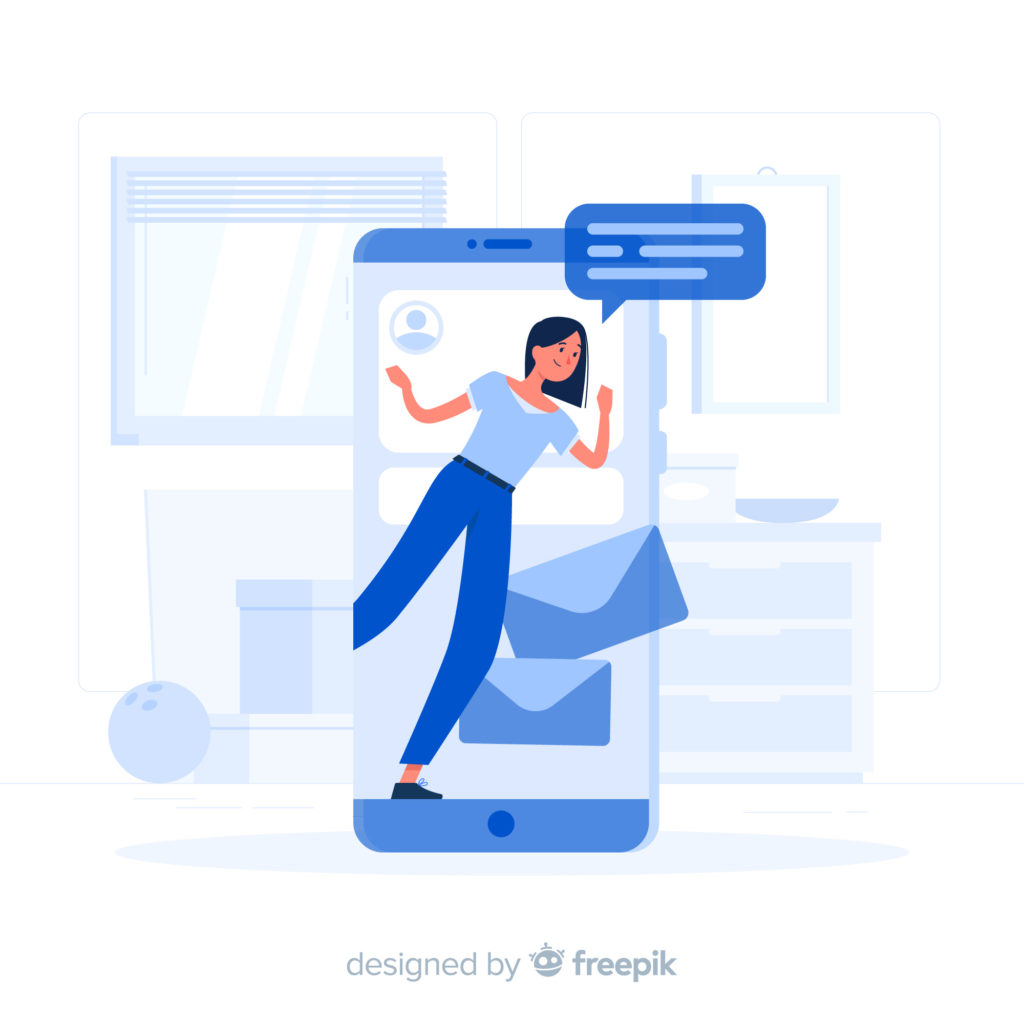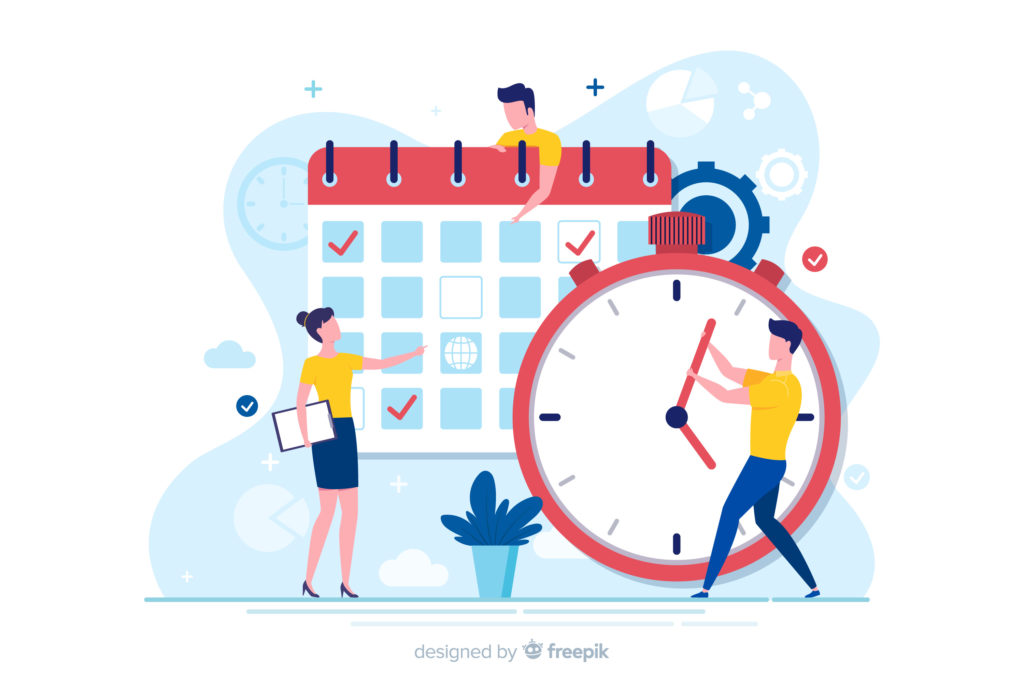Sending a sales follow-up email that resonates and brings you closer to winning a deal is a true art. Many sales representatives struggle to find the right balance between persistence and coming across as pushy when chasing leads. While approaching leads and pitching happens early on, closing a deal can sometimes take months.
As a matter of fact, 80% of sales happen between the fifth and twelfth contact. Sales reps need to be patient, yet determined when turning a qualified lead into a sale. After all, a small mistake could cost them months of work, and their business may suffer as a result. There’s a lot riding on those follow-up emails, which is what makes them so tricky.
Fortunately, there are ways to implement efficient follow-up emails to your sales process, while still generating interest. Annoying sales emails overcrowd client mailboxes, but yours doesn’t have to be one of them. In this guide, we’ll look at what steps to follow to make the sale with excellent follow-up emails. Say goodbye to spammy emails and hello to reached (or exceeded) sales targets.
Personalization is Key

Consider how many emails you receive in a day. Much like you, prospective clients receive lots of emails that they have to scan and decide what to reply to. Receiving a copied and pasted email without any personal touches will annoy them and make them feel like they’re wasting time.
Whether it’s in content marketing or sales pitches, personalization has a proven track record of convincing prospective clients of your worth. Personalizing your emails allows you to tailor content to your lead and appeal to their sensibilities. Adding personal touches and a bit of personality into an email is never lost on a prospective client. Not to mention, it will help your email stand out in the daily deluge of correspondence and information.
Especially if you’ve already had the first meeting with a qualified lead, personalizing follow-up emails illustrates two critical things.
- The first is that you valued meeting them and want to express gratitude.
- The second is that you are being receptive and are focusing on their needs by providing value in that email, e.g.: a use case that directly relates to their challenge.
Both of these things will allow you to set the stage for closing a deal quickly.
Get The Timing Right
Perhaps, you might think that sending a follow-up email too soon is almost as bad as waiting too long. However, the reality is that replying to a lead’s email within five minutes is 100 times more successful than calling half an hour later. When it comes to qualifying leads and making a sale, timing is everything.

Nonetheless, the response time for most leads is still quite long. The average lead can take up to 47 hours to reply. With all that waiting around, the momentum of the sale can begin to plummet and draw out the entire process.
“If you want to ensure that your follow up emails are effective, you need to time it out well. Your email should be relevant without bordering on overwhelming. For example, if you met a prospective customer for drinks, then you can email them the next morning without being overbearing. Avoid losing momentum by offering quick responses and prompt follow-ups; you will even come across as dedicated and proactive to your future client.” — Diana Adjadj, content marketer and writer at GrabMyEssay.
Offer Value to the Customer
Another way to ensure that a prospective customer sees and actually reads your email is by providing value. In order to provide value to a customer via email, you need to show them that you understand their goals and needs. A follow-up sales email is the perfect opportunity to show the value that you create for a customer and their business.
It’s easy to get caught up in sales talk and lose a customer’s interest at the crucial following up stage. However, an easy solution for that is showing the customer that you listened and want to offer initial solutions. While those initial solutions may not make it into the final deal, it’s the thought that counts.
Customers will react positively to your proactive approach and may even respond to your email much faster. So, opt for providing solutions to their pain points and accentuating your value as opposed to focusing on sale details. If a prospective customer sees your service as valuable to their business, they’ll be willing to pay the price or at least begin negotiations.
Remember the 3×3 Rule

It’s a fine line to walk between being determined and being pushy. Many sales representative debate internally with themselves about when the best time to follow up is. While everyone has their own style and knows their customers best, there’s a good rule of thumb to follow.
The 3×3 rule helps you toe the line of being persistent and being annoying. Essentially, when it comes to sending a follow-up email, you want to follow up a maximum of three times, three business days apart. Therefore, if you sent an email ‘just following up’ on Monday and there’s no reply by Thursday morning, then you’re okay to reach out again.
Of course, it’s essential to use the right language when following the 3×3 rule. Do your best to avoid cliches as these are overdone and frankly, cheesy. Instead, use direct language that makes it clear that you’re trying to make contact but not being manipulative. Stating that you want to ‘push your pitch to the top of their mailbox’ is a pleasant way to remind them to respond.
Find Opportunities to Follow Up Naturally
What makes a follow-up sales email genuinely annoying is when it’s desperately try-hard. Often, however, life gives us great opportunities to follow up naturally. Imagine that:
- You’ve seen an article or post on social media about a client’s business or industry.
- Maybe, you spotted them at a networking event.
- Perhaps, you even ran into them at a trade conference
Well, those are all great opportunities to follow up naturally. Reaching out to a prospective client on your own accord not only shows that you are proactive, but it can also build rapport. Not to mention that if this particular lead has gone silent, jumpstarting the conversation naturally may help get the sale back on track.
Granted that recapturing a prospective customer’s attention won’t always be so simple as sending them a relevant blog post. You’ll need to refresh their memory of how it relates to them and the services you can offer. Still, it’s a good idea to follow up naturally while providing a bit of value, as long as you keep your email short and sweet.
Back To You
Finalizing a sale with a qualified lead isn’t a one and done deal. Sales reps need the patience and finesse to be able to deliver the perfect follow-up email. While personalization and timing will catch a prospective customer’s attention, offering value will get them to open their wallets.
In the long run, you’ll want to keep the conversation going naturally; however, you should strive to minimize unopened emails. Above all else, avoid being annoying and pushing prospective clients too far with manipulative language. Experienced and newbie sales reps alike can suffer from this proverbial nail in the sales coffin. Regardless of your experience, if you follow this guide, you’ll be on your way to close more deals than ever before.
———————————————————————————————————————————————————
Guest Writer: Bridgette Hernandez is a Master in Anthropology who is planning to publish her own book in the near future. Now she is a content editor at TrustMyPaper. The content she writes is based on qualitative research to maximize value for readers.


